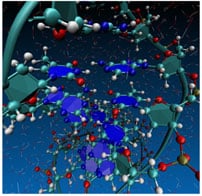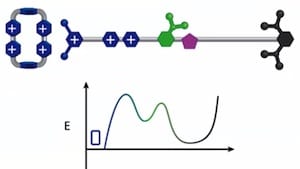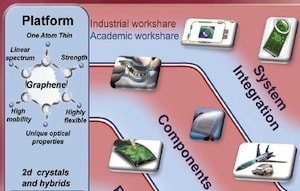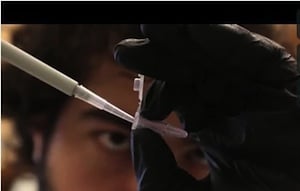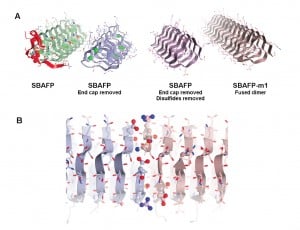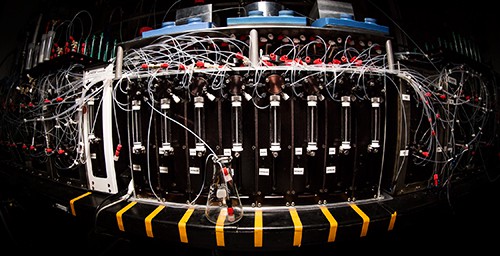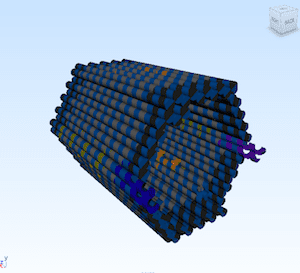A combination of techniques has made possible the expansion of problems that can be handled by first-principles molecular dynamics from a few hundred atoms to a very large system containing 32,768 atoms.
Computational nanotechnology to benefit from expanded first-principles molecular dynamics
